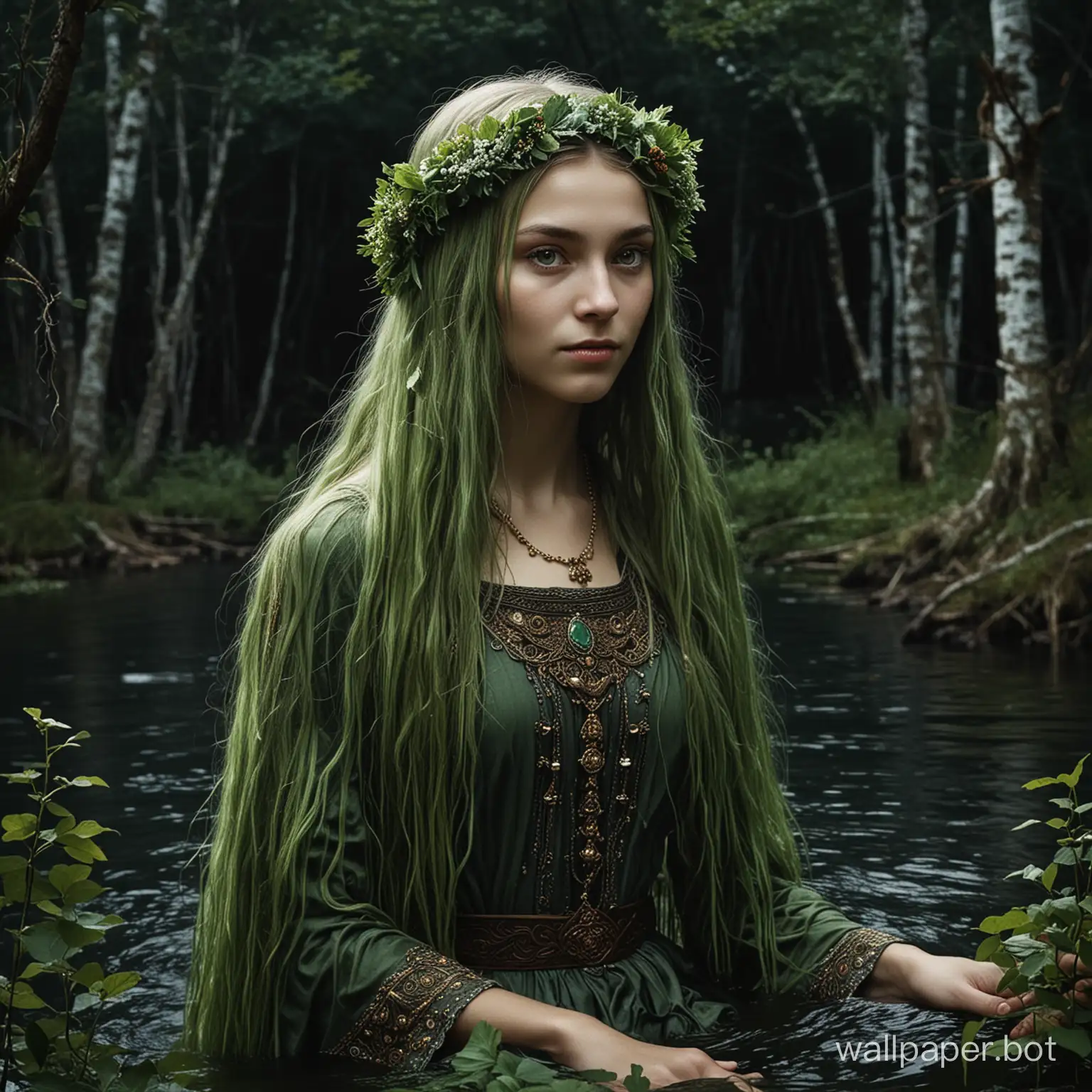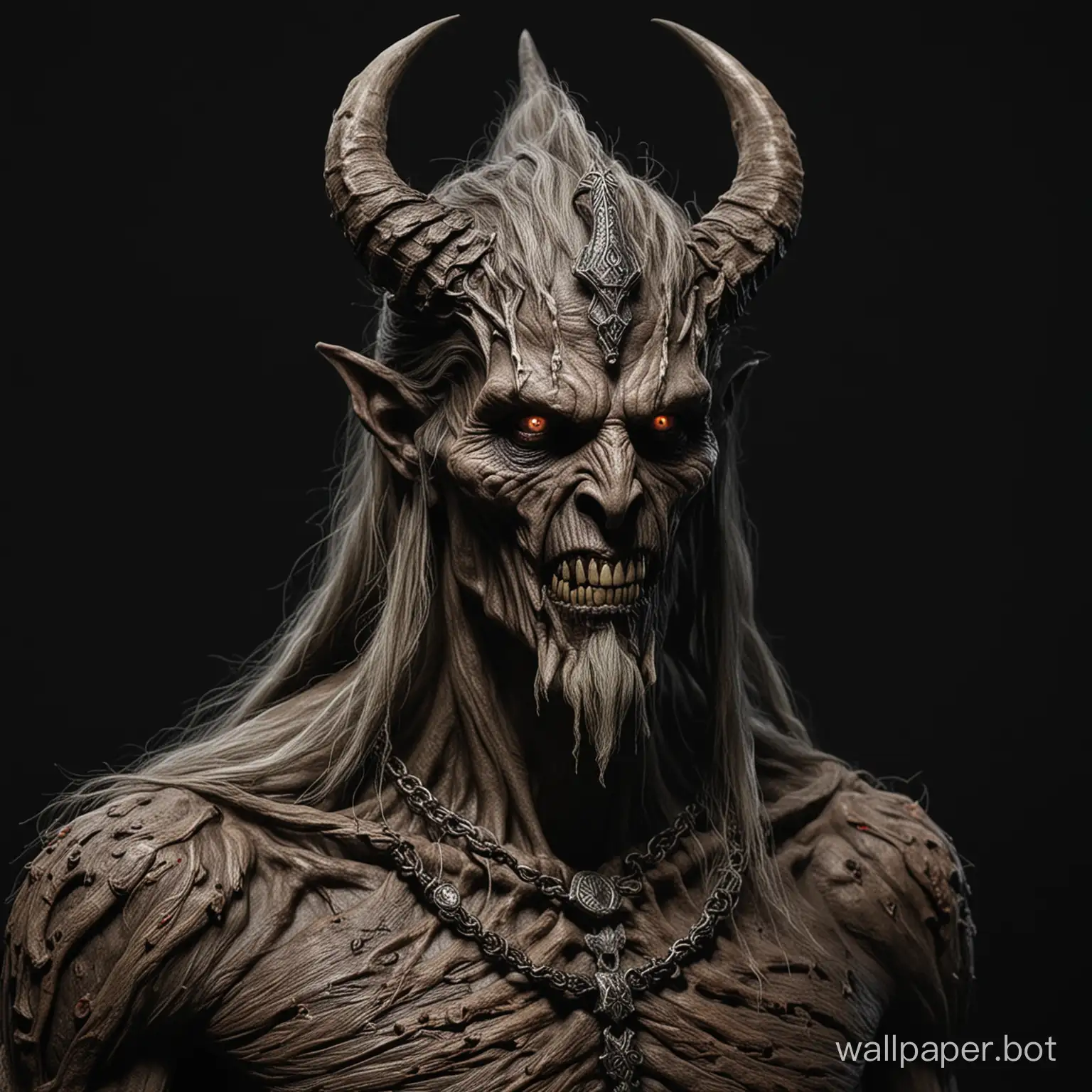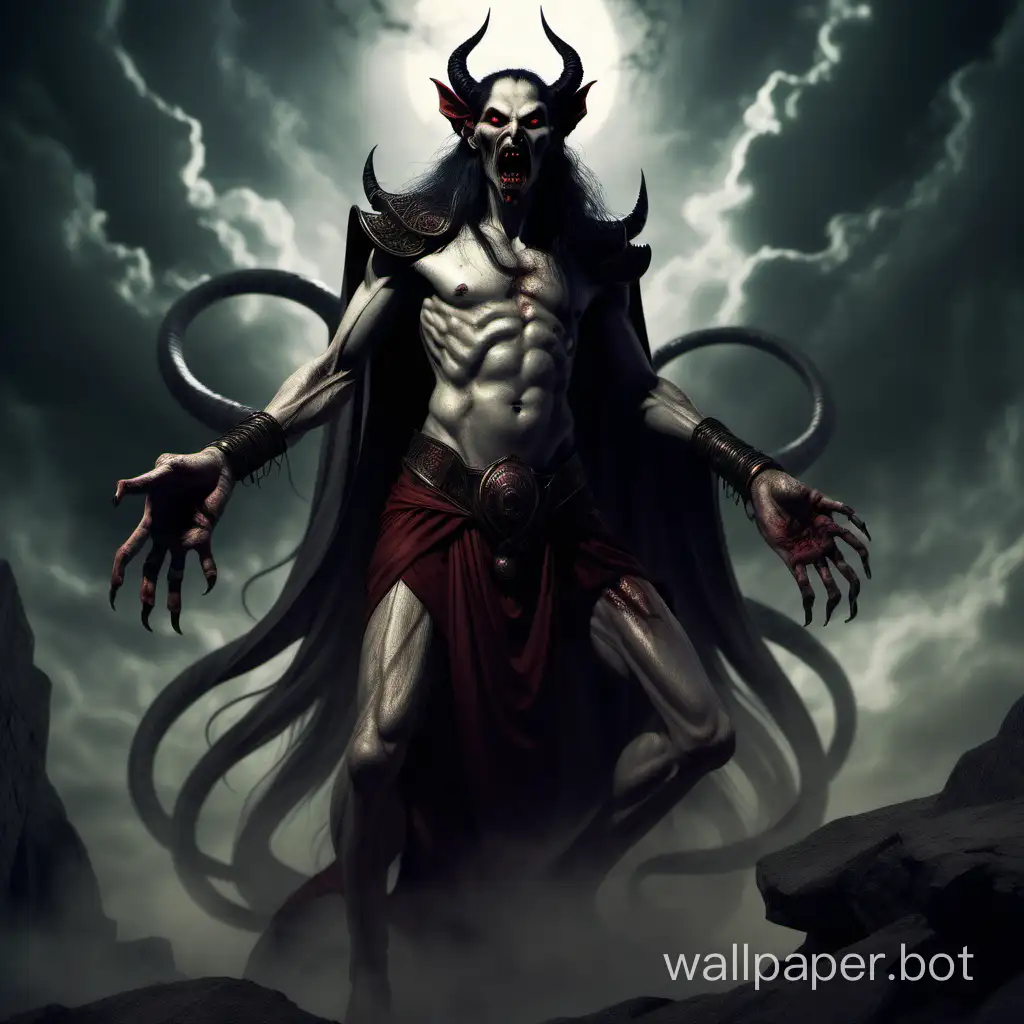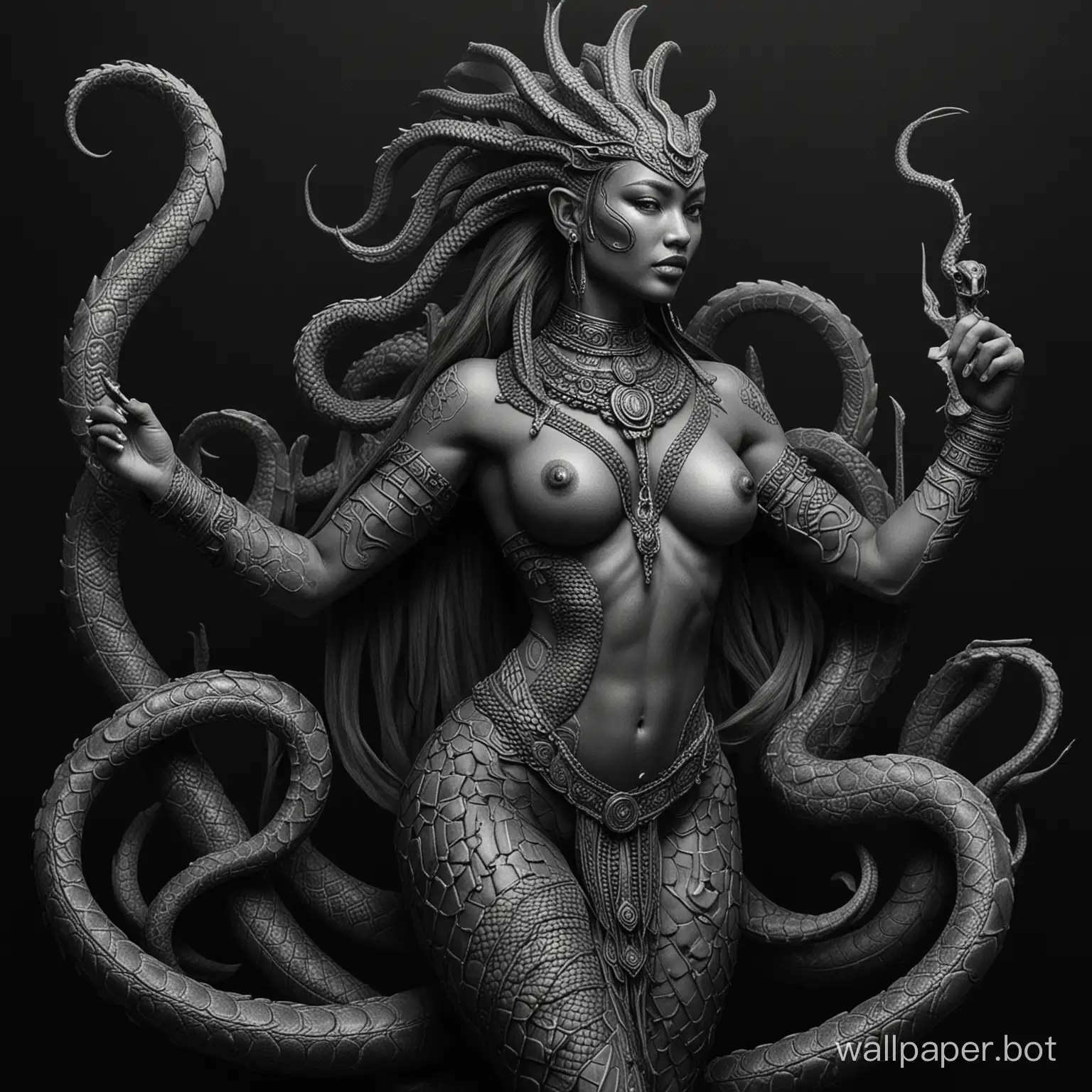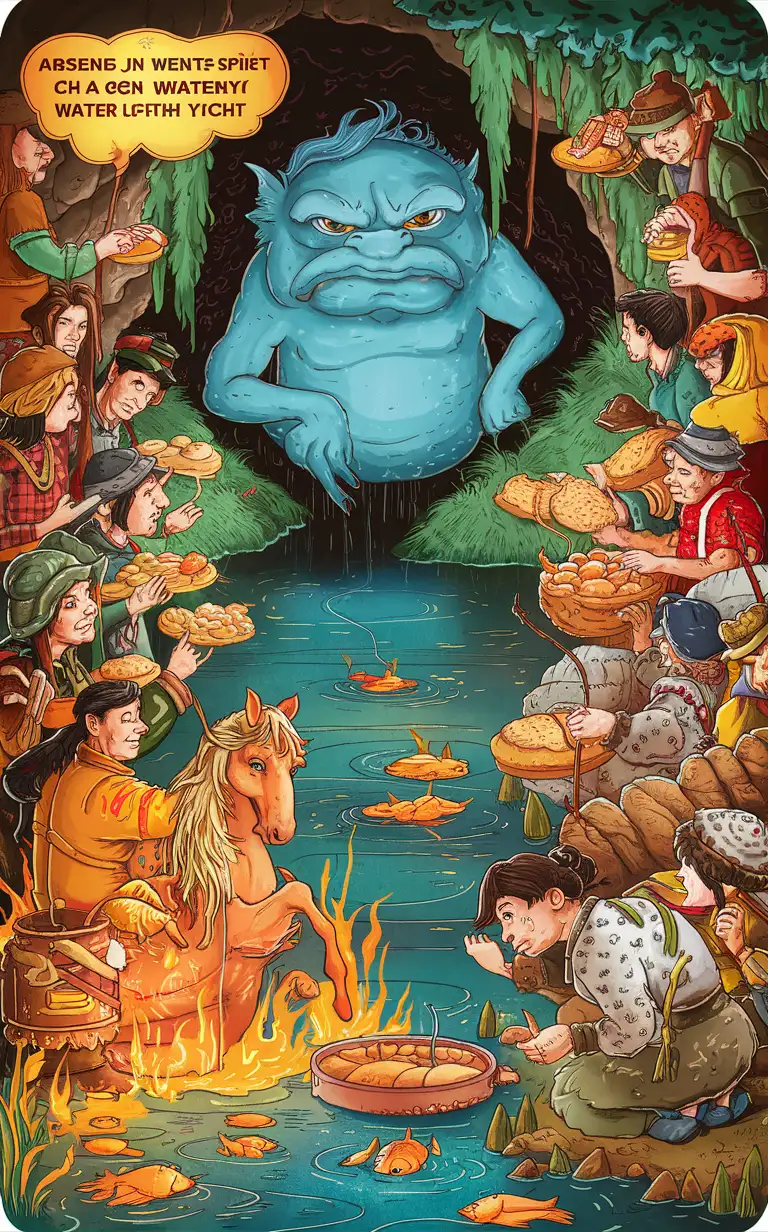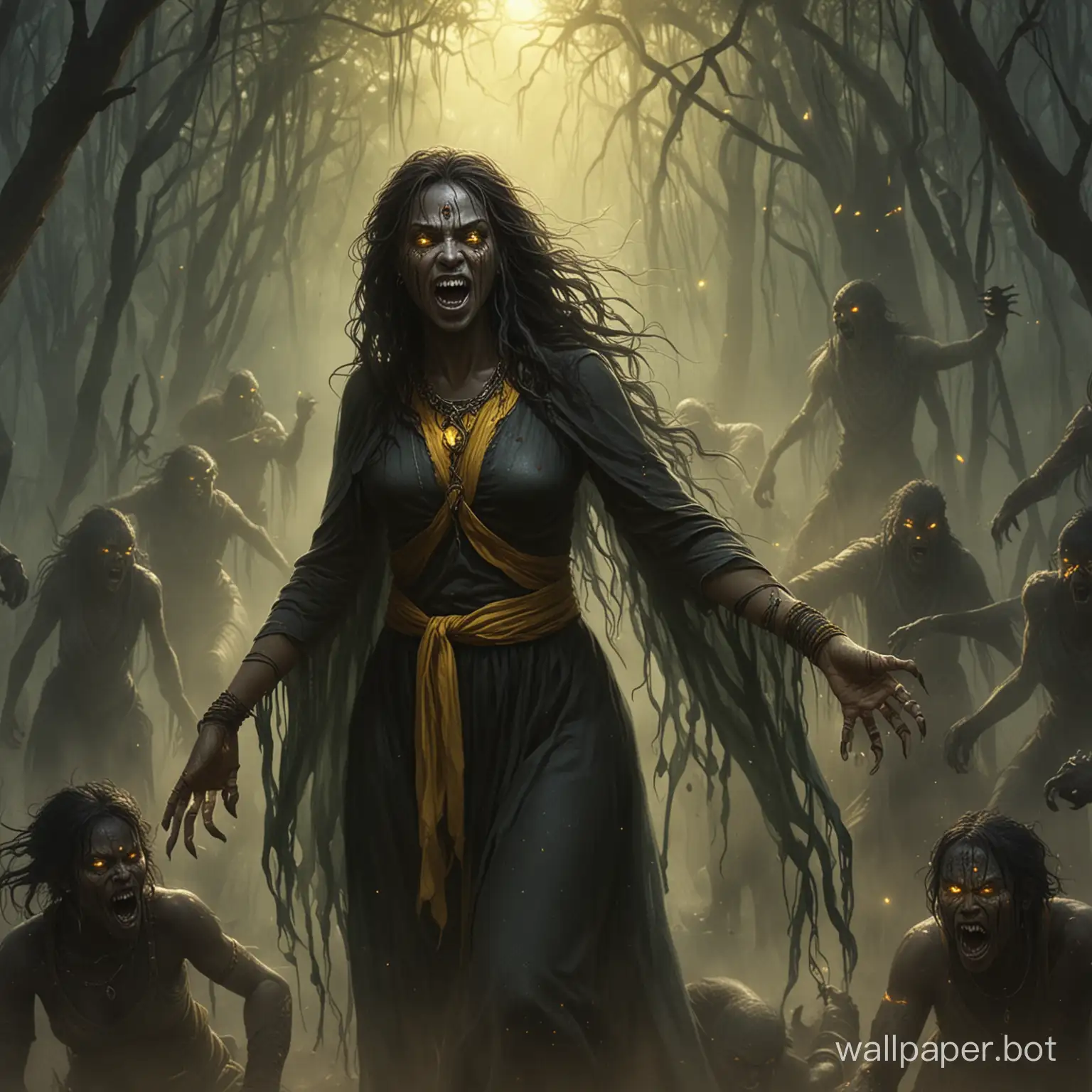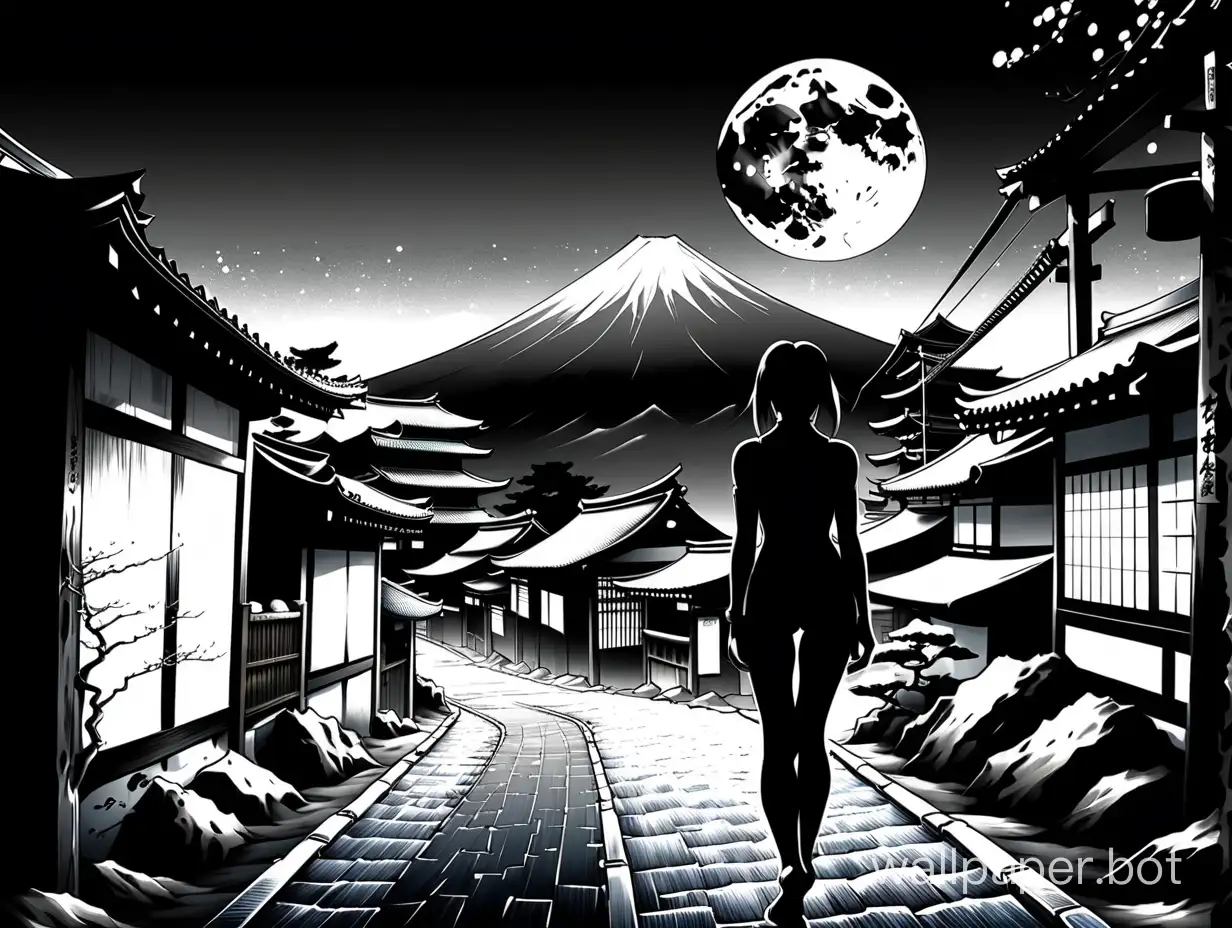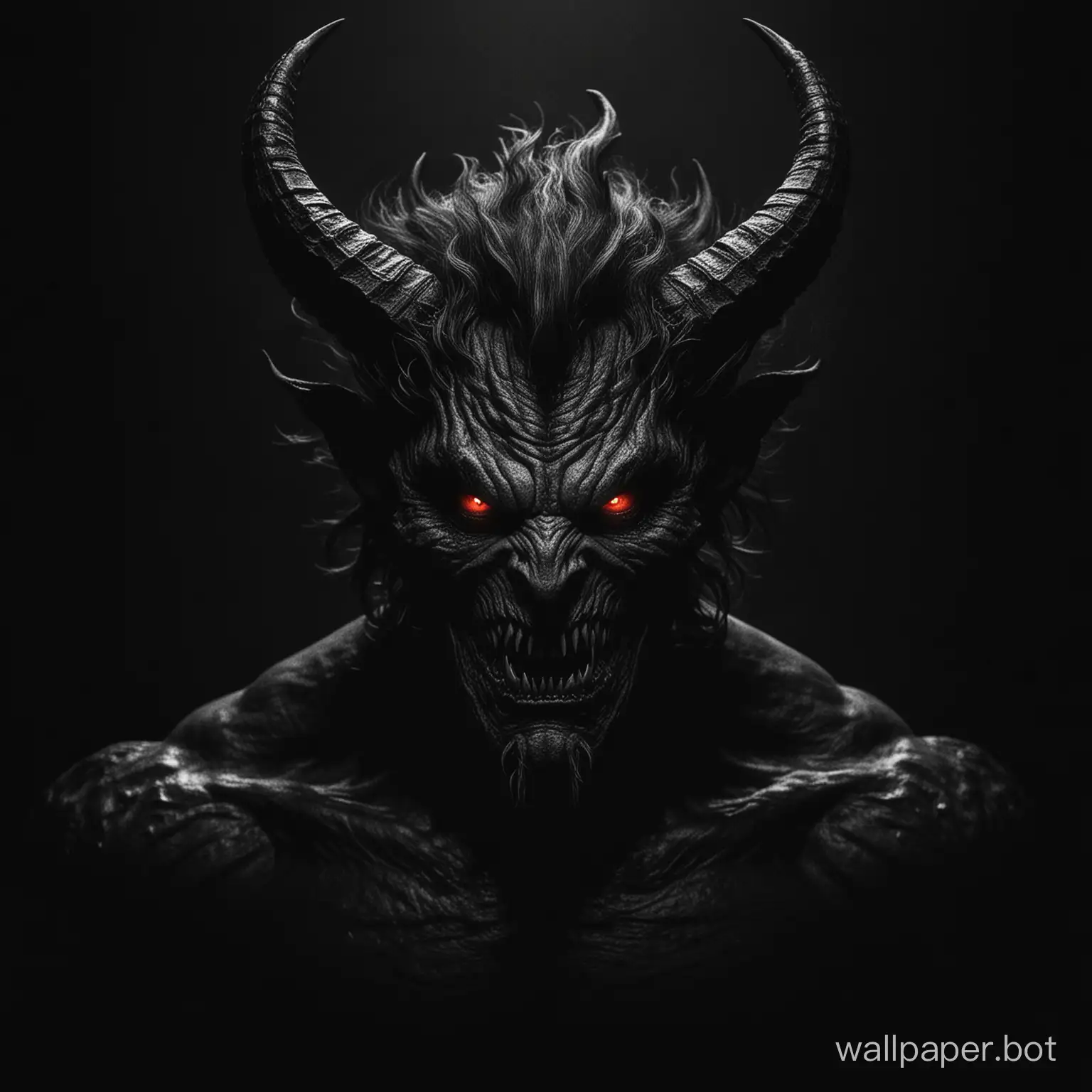Protective Rituals Against Navi Spirits on Black Background
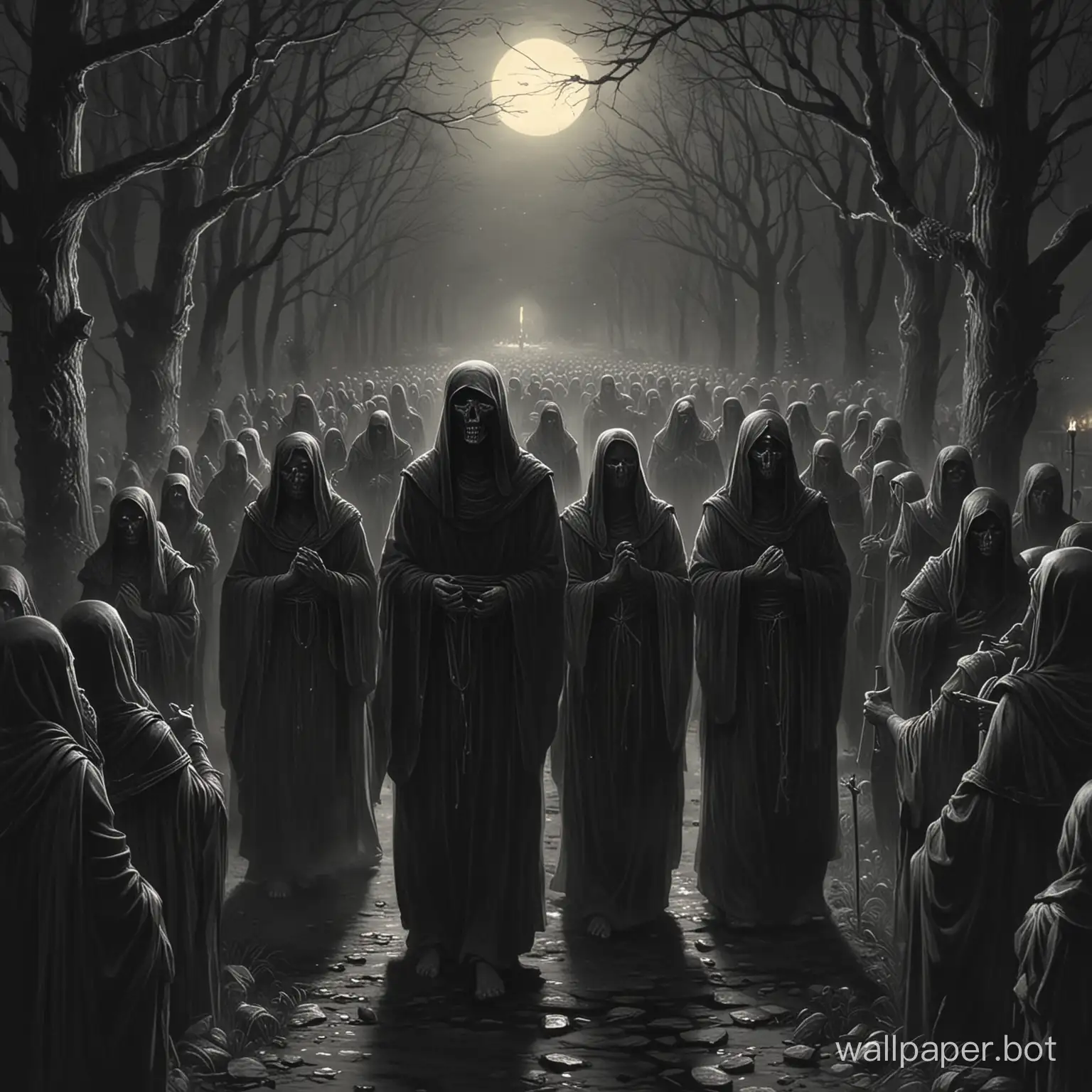
AI Wallpaper Prompt
Prompt
Навьи — духи умерших, которые вредили людям. Также навьями могли стать те, кто умер неестественной смертью, то есть был убит, утонул, погиб в результате несчастного случая или покончил с собой. Чтобы обезопасить себя от этих духов, нужно было соблюдать ряд правил: нельзя было выходить из дома после наступления темноты, особенно в одиночку, нельзя было покидать деревню, пока не пройдут похороны, и т. д. На черном фоне.
Model: realistic
Ratio: 1:1
AI Wallpaper Prompt Analysis
- Subject: The subject of the image is the protective rituals practiced by people to ward off Navi spirits, who were believed to be the deceased who could harm the living. These rituals were vital for safeguarding against potential harm, emphasizing the cultural significance of spiritual protection. Setting: The setting takes place on a black background, symbolizing the darkness associated with the supernatural realm. The stark contrast highlights the seriousness and somberness of the protective rituals, creating a sense of mystery and apprehension. Background: The background reflects the ominous atmosphere surrounding the belief in Navi spirits. It could incorporate elements such as shadowy figures, eerie symbols, or dimly lit surroundings, reinforcing the notion of a world inhabited by malevolent entities. Style/Coloring: The style may lean towards the dark and atmospheric, with muted colors or shades of black to evoke a sense of foreboding. Use of chiaroscuro technique can enhance the contrast between light and dark, adding depth and intensity to the image. Action: The action depicted could involve individuals performing the protective rituals, such as lighting candles, reciting incantations, or creating talismans. Each action serves as a symbolic defense mechanism against the perceived threat of Navi spirits. Items: Items relevant to the protective rituals may include candles, incense, sacred symbols or charms, and ritualistic tools. These objects carry cultural significance and are essential for enacting the prescribed safeguards against supernatural harm. Costume or Appearance: Characters could be depicted wearing traditional attire associated with ceremonial practices, reflecting the cultural heritage and historical context of the protective rituals. Their appearance may convey a solemn demeanor, underscored by the seriousness of the task at hand. Accessories: Accessories such as amulets, prayer beads, or ritualistic artifacts may adorn the characters, serving as tangible manifestations of spiritual protection. Each accessory holds symbolic value and contributes to the authenticity of the ritualistic portrayal.
